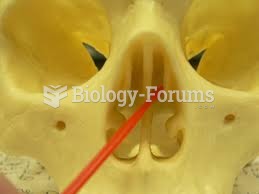Answer to Question 1
Answer: Throughout middle childhoodand other periods of developmentchildren encounter challenging and sometimes threatening situations that require them to cope with psychological stress. Yet only a modest relationship exists between stressful life experiences and psychological disturbance in childhood. Some children manage to overcome school difficulties, family transitions, the experience of war, and child maltreatment. Rather than a preexisting attribute, resilience is a capacity that develops, enabling children to use internal and external resources to cope with adversity. Four broad factors protect against maladjustment: (1) the childs personal characteristics, including an easygoing temperament and a mastery-oriented approach to new situations; (2) a warm parental relationship; (3) an adult outside the immediate family who offers a support system; and (4) community resources, such as good schools, social services, and youth organizations and recreation centers. Often just one or a few of these ingredients account for why one child is resilient and another is not. Usually, however, personal and environmental factors are interconnected: Each resource favoring resilience strengthens others. For example, safe, stable neighborhoods with family-friendly community services reduce parents daily hassles and stress, thereby promoting good parenting. In contrast, unfavorable home, school, and neighborhood experiences increase the chances that children will act in ways that expose them to further hardship. And when negative conditions pile up, such as marital discord, poverty, crowded living conditions, school and neighborhood violence, and abuse and neglect, the rate of maladjustment multiplies. Several highly effective school-based social and emotional learning programs promote childrens resilience by increasing academic motivation, social competence, and supportive relationships.
Answer to Question 2
Answer: C







